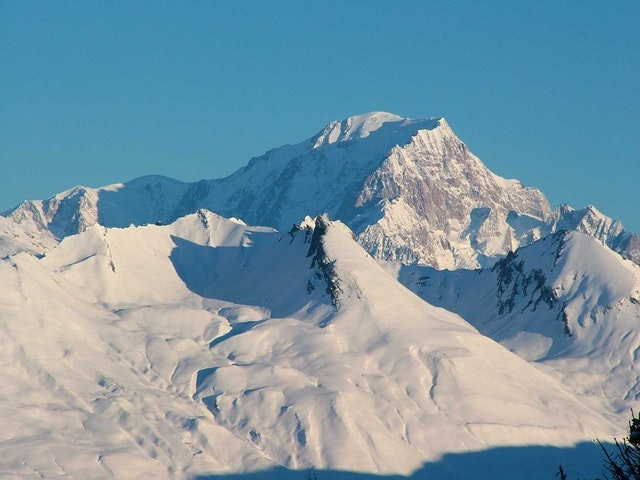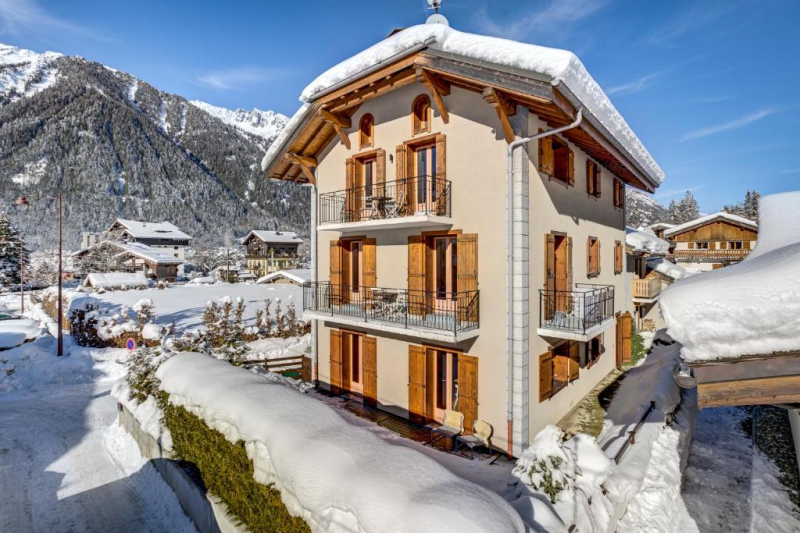Mont Blanc

Mont Blanc is the highest peak in Western Europe, rising to a height of about 5,000 meters. Of course, Russia's Mount Elbrus is the highest mountain on the entire European continent. Mont Blanc, which straddles the border between France and Italy, is ranked 11th in the world in terms of topographic significance. The first ascent was made in 1786 by Jacques Balmat and the doctor Michel-Gabriel Paccard, which marked the beginning of alpinism's golden period and modern mountaineering.
Mont Blanc, while being smaller than Elbrus, has a much higher death rate. Thousands attempt the climb each year, but many are unskilled and underestimate the difficulty and abilities required. In fact, each year on Mont Blanc, more people die than in any previous decade in the Alaskan mountains, including the notoriously dangerous and challenging Denali.
Hiking, climbing, trail running, and winter sports such as skiing and snowboarding are all popular activities on the Mont Blanc massif. The Goûter Route, which takes two days to ascend to the peak of Mont Blanc, is the most popular.
Courmayeur, in the Aosta Valley, Italy, and Saint-Gervais-les-Bains and Chamonix, in Haute-Savoie, France, are the three cities and communes that encircle Mont Blanc. The inaugural Winter Olympics were held in the latter town. From Courmayeur to Chamonix, a cable car ascends and crosses the mountain range through the Col du Géant. The Mont Blanc Tunnel, which was built between 1957 and 1965 and runs beneath the mountain, is a main transalpine transportation route.
Elevation: 4,808m
Location: Haute-Savoie, France









